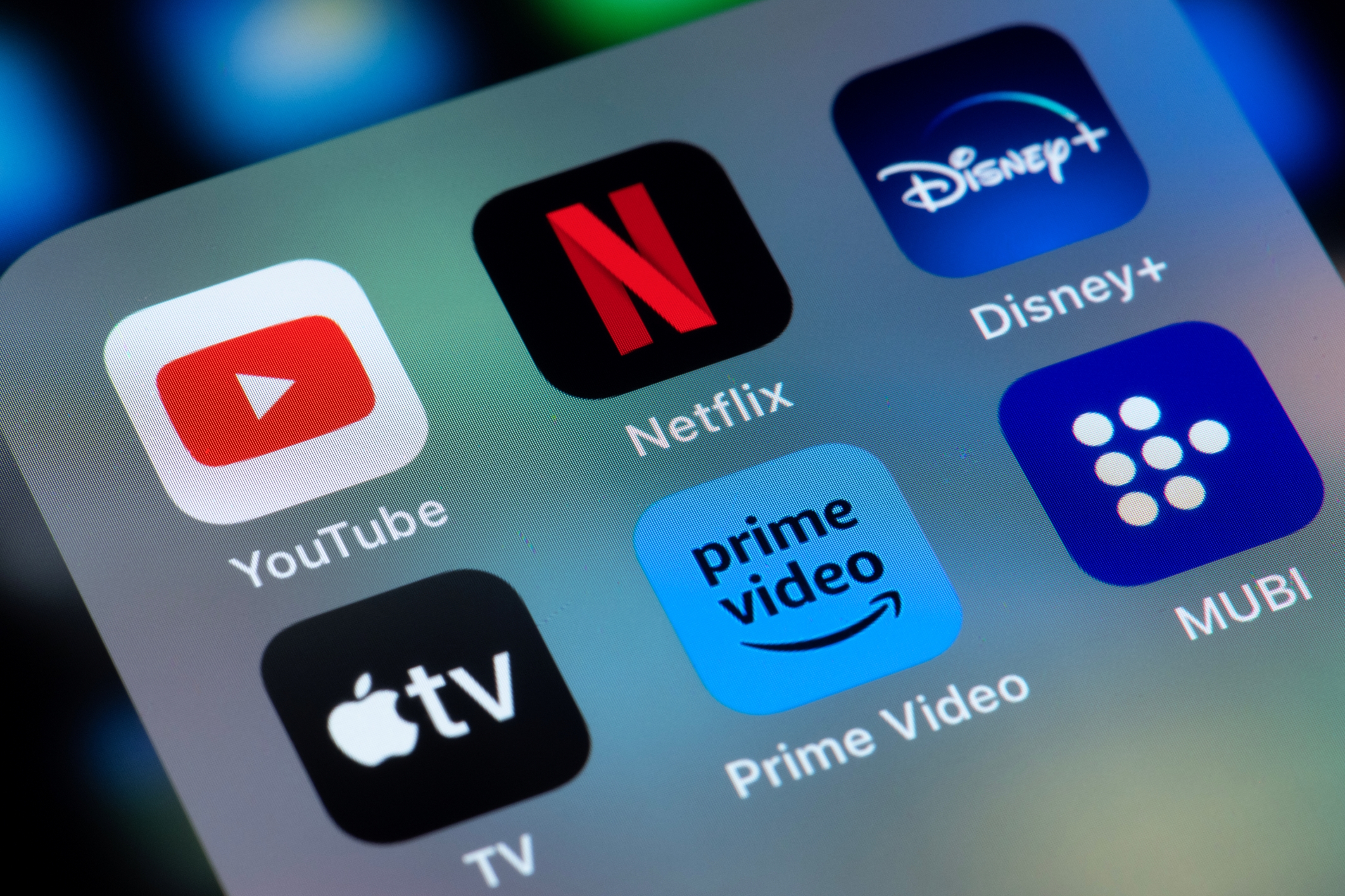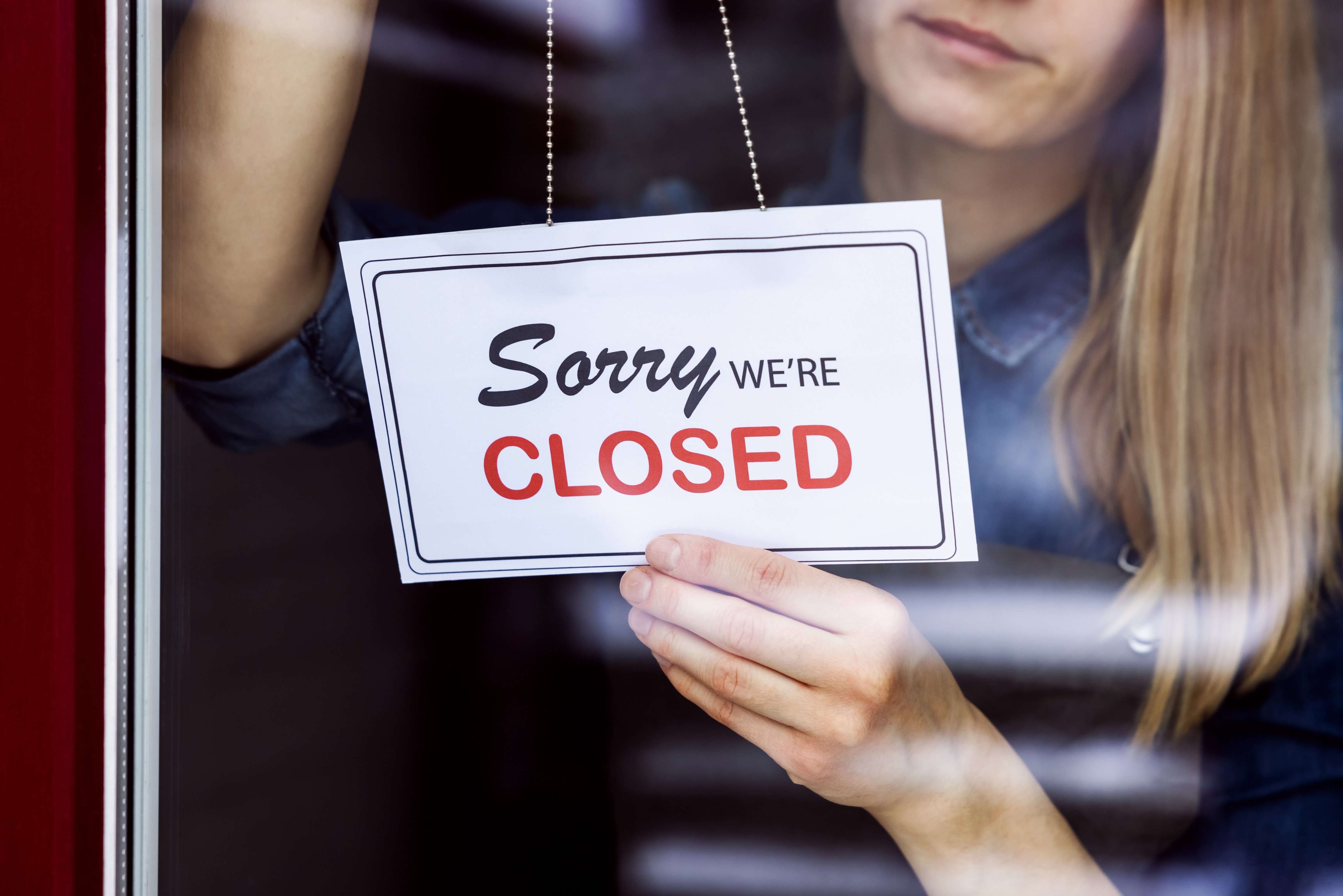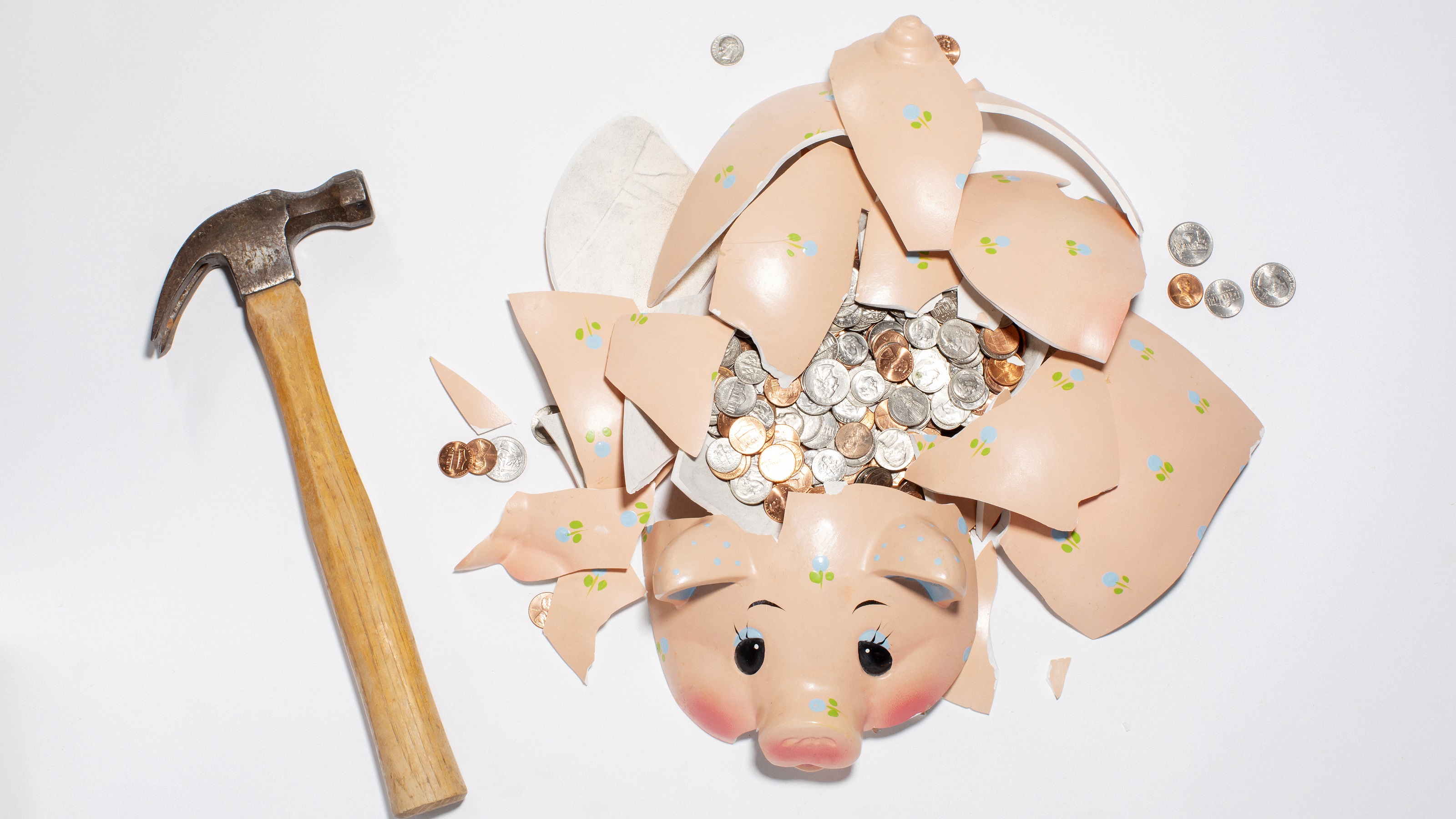Zelle App Shut Down? Why Zelle Has Discontinued Its App
With the Zelle app shut down, learn how you can still use Zelle and which other mobile payment apps you might want to consider.

Digital payments like Zelle and Venmo make it easy to send money to others, but Zelle has announced a major change to its operations.
As of April 1, the Zelle app has been discontinued. Now, with the Zelle app shut down, Zelle users will need to make a slight change in how they use the platform or find a different payment app.
Why Zelle shut down its app
Zelle, a digital payment network, simplifies the process of sending money to family and friends. With the app, users could send and receive money to and from the bank accounts of those they know.

Sign up for Kiplinger’s Free E-Newsletters
Profit and prosper with the best of expert advice on investing, taxes, retirement, personal finance and more - straight to your e-mail.
Profit and prosper with the best of expert advice - straight to your e-mail.
Additionally, according to the Zelle website, more than 2,200 banks and credit unions offer Zelle through their mobile app or online banking services, giving Zelle users multiple ways to access the platform.
In October 2024, Zelle published a press release announcing that the business would gradually phase out the Zelle app. According to the press release, Zelle created its standalone app for consumers whose banks or credit unions hadn’t joined the Zelle network.
Zelle has grown significantly since launching in 2017, and approximately 2% of transactions now take place on that standalone app.
“As a result of our growth, and because most people are now using Zelle in their financial institution’s mobile app or website, we are making a change to the Zelle standalone app,” Zelle wrote.
Zelle encouraged users of the standalone app to start using Zelle through a bank or credit union that participates in the program.
How to still send and receive money with Zelle
Though the standalone Zelle app shut down, you can access Zelle through over 2,200 U.S.-based banks and credit unions.
Zelle maintains a list of participating banks and credit unions that you can search. If your bank or credit union participates in Zelle, you can access Zelle by downloading your bank or credit union’s app.
Once you’re signed up for Zelle through the bank or credit union’s app, you’ll be able to send and receive money directly through the banking app, including to friends and family who use different banks.
Zelle is free to use, but both parties must have an eligible checking or savings account.
Additional digital payment apps
If your bank or credit union doesn’t currently offer Zelle, they may join the platform in the future. You can also use several other digital payment apps:
- Venmo: With Venmo, you can easily send money to friends and family, and you can make payments to businesses in-store or online. Venmo doesn’t charge if you send money from a linked bank account, debit card or your Venmo account. If you use a linked credit card, there’s a 3% fee.
- Apple Pay: Apple Pay is built into the Wallet app on devices like your iPhone, iPad and Apple watch. You can add a credit or debit card, then make a contactless payment when checking out at a business. Over 85% of United States retailers accept Apple Pay, and you can also use it when making online purchases.
- PayPal: PayPal’s app functions as a digital wallet, allowing you to send and receive money all over the world. You can use the app to save cash back offers from the brands you shop from, track packages and more. PayPal charges fees when you receive payments from a purchase or from users outside of your country or region.
- Cash App: It’s free to send money to friends and family with Cash App when you use your Cash balance or a linked debit card. Cash App charges a 3% fee when you use a credit card to send money. You can also direct deposit paychecks into the app and invest in Bitcoin.
Stay safe with digital payment apps
Digital payment apps streamline the process of sending and receiving money, and they’re convenient and easy to use.
But scammers target apps and users sending online payments, especially if you’re buying items on social media.
These simple tips can help you stay safe:
- Only send payments to people you know and trust, and verify their name, cell phone number and email to be certain you’re sending payments to the correct user.
- Choose large, well-known digital payment apps with a strong reputation for security and customer service.
- Create a strong password that’s unique to the app and enable multi-factor authentication on your account.
- Stay aware of common scams, like scammers posing as a loved one in danger who urgently needs money or an online seller requiring you to pay a deposit before you can see the item in person.
Digital payment apps can be great tools, but just like using any banking or financial service, it’s important to focus on safety and security to protect your financial information.
Related Content
Get Kiplinger Today newsletter — free
Profit and prosper with the best of Kiplinger's advice on investing, taxes, retirement, personal finance and much more. Delivered daily. Enter your email in the box and click Sign Me Up.

Paige Cerulli is a freelance journalist and content writer with more than 15 years of experience. She specializes in personal finance, health, and commerce content. Paige majored in English and music performance at Westfield State University and has received numerous awards for her creative nonfiction. Her work has appeared in The U.S. News & World Report, USA Today, GOBankingRates, Top Ten Reviews, TIME Stamped Shopping and more. In her spare time, Paige enjoys horseback riding, photography and playing the flute. Connect with her on LinkedIn.
-
 6 Stunning Waterfront Homes for Sale Around the US
6 Stunning Waterfront Homes for Sale Around the USFrom private peninsulas to lakes, bayous and beyond, Kiplinger's "Listed" series brings you another selection of dream homes for sale on the waterfront.
By Charlotte Gorbold Published
-
 Six Reasons to Disinherit Someone and How to Do It
Six Reasons to Disinherit Someone and How to Do ItWhether you're navigating a second marriage, dealing with an estranged relative or leaving your assets to charity, there are reasons to disinherit someone. Here's how.
By Donna LeValley Published
-
 How to Get Apple TV Plus for just $2.99
How to Get Apple TV Plus for just $2.99For a limited time, you can get three months of Apple TV Plus for just $2.99 per month. Here’s how to get the deal.
By Rachael Green Published
-
 Don’t Panic About the “Retail Blackout” – See Which Stores Are Closing (and Which Aren’t) for Easter 2025
Don’t Panic About the “Retail Blackout” – See Which Stores Are Closing (and Which Aren’t) for Easter 2025Dozens of major retailers are planning to close their doors on April 20. Find out which of your go-to stores are on the list.
By Rachael Green Published
-
 Home Insurance: How to Cut Costs Without Losing Coverage
Home Insurance: How to Cut Costs Without Losing CoverageNatural disasters are causing home insurance premiums to soar, but don't risk dropping your coverage completely when there are ways to keep costs down.
By Jared Elson, Investment Adviser Published
-
 Why Homeowners Insurance Has Gotten So Very Expensive
Why Homeowners Insurance Has Gotten So Very ExpensiveThe home insurance industry is seeing more frequent and bigger claims because of weather, wildfires and other natural disasters.
By Karl Susman, CPCU, LUTCF, CIC, CSFP, CFS, CPIA, AAI-M, PLCS Published
-
 Use This 1-Year CD if You’ll Owe Taxes Next Year
Use This 1-Year CD if You’ll Owe Taxes Next YearA one-year CD allows you to set money aside now for taxes you'll owe next year. We'll show our best choice.
By Sean Jackson Published
-
 How to Lower Home Insurance Rates When Climate Change Increases Costs
How to Lower Home Insurance Rates When Climate Change Increases CostsA top insurer warns the damage climate change causes is making it cost-prohibitive for insurers in some areas. Learn how to protect your home and lower costs.
By Sean Jackson Published
-
 Stick to the Plan: Don't Panic During Economic Uncertainty
Stick to the Plan: Don't Panic During Economic UncertaintyTake a breath and step back. Focus on a solid fiscal foundation to stabilize your investments during stock market volatility.
By Eric Lahaie, CFS®, RICP® Published
-
 How Inflation Affects Your Finances and How to Stay Ahead
How Inflation Affects Your Finances and How to Stay AheadThe cost of goods and services is certain to rise over time, making it essential to have a financial plan that will help you keep pace.
By Kyle D. Sikes Published